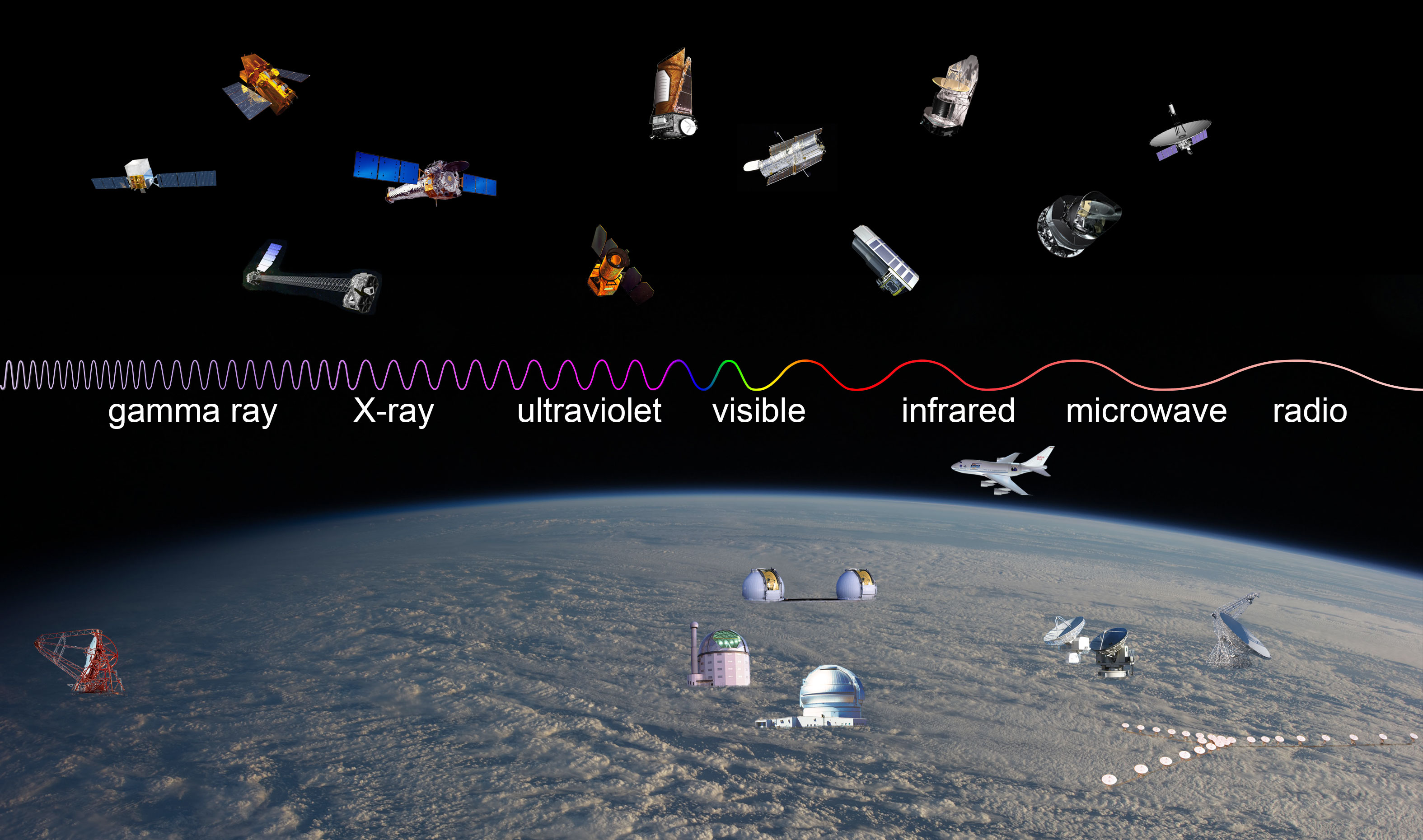
Weise P., Launhardt R., Setiawan J., Henning T. SPIE, in Space Telescopes and Instrumentation 2016: Ultraviolet to Gamma Ray. However, by the time that BeppoSAX was able to observe a typical X-ray afterglow, its intensity had already dropped by 4-5 orders of magnitude (Figure 1). SPIE, Space Telescopes and Instrumentation 2014: Ultraviolet to Gamma Ray. GRB positions can be eectively determined by a good X-ray telescope, since over 84 of GRBs have X-ray afterglows (De Pasquale et al., 2003), compared with about 50 for optical afterglows. D., Hasinger G., Lehmann I., Schwarz R., Brunner H., Neizvestny S., Ugryumov A., Balega Yu, Trueümper J., Voges W. Peterson E., Littlefield C., Garnavich P. Kervella P., Arenou F., Mignard F., Thévenin F. See alsoEdit radio telescope X-ray telescope Last edited 1 month ago. L., Rybizki J., Fouesneau M., Mantelet G., Andrae R. NounEdit optical telescope (plural optical telescopes).
#Optical telescope and x ray software
1996, in Jacoby G., Barnes J., eds, Astronomical Data Analysis Software and Systems V, p. Optical telescopes (which come in two types: reflectors and refractors) are designed mainly to gather light and reveal more detail than can be seen with the. In the process, we present the first X-ray spectrum of HIP 23309.Īrnaud K. We find that optical light can start to leak in the very soft energy bands below 0.5 keV for stars with \(V=8\) mag. X-ray spectra of Capella and HIP 23309 are derived and modeled here, and compared with the previous X-ray observations of these stars to show the reliability of the method used. No X-ray emission is observed from the A-type stars, as expected. The sample of bright stars studied here consists of two A spectral types (HIP 19265, HIP 88580), one G/K giant (Capella), and a nearby M-type dwarf (HIP 23309). Different colors indicate different wavelengths of light, including infrared light and X-rays. The procedure applied to four bright stars here demonstrates how reliable X-ray information can be derived in such cases. These four images show objects imaged by multiple telescopes including NASA’s Webb, Chandra, Hubble, and Spitzer. Key considerations for performance and system design will be discussed, followed by the various ways of implementing x-ray telescopes.
#Optical telescope and x ray how to
Here, we show how to extract the X-ray events without contamination by the visible light. This article will rst briey discuss how x-rays may be reected and what optical systems can be used to form images. Visible light from bright stars like these can leak through the very thin filter in front of the CCD in the focal plane CCD camera of the SXT and thus making the extraction of X-ray events difficult. Across the electromagnetic spectrum, different materials and techniques are used to focus and detect light at a variety of wavelengths.We present observations of four bright stars observed with the AstroSat Soft X-ray Telescope (SXT).

The goal for telescopes in every waveband is to collect as much light as possible and focus a sharp detailed image on a detector. Telescopes have similar limitations, so telescopes have to be redesigned to focus and detect light across the electromagnetic spectrum. The range of wavelengths the human eye can focus and detect defines the optical waveband. Telescope Design from Infrared to Gamma Ray Communication systems were developed to share the images and data from land- and space-based telescopes allowing astrophysicists to compare images and spectra of objects and phenomena in as many wavebands as possible to get a more complete picture of the Universe.

Optical telescopes collect incoming light using an objective.

These can not travel a long distance through the atmosphere, meaning that they can only be observed. As rocket and satellite technology improved, space observatories were built that carried an array of tools capable of capturing images and spectra at a variety of wavelengths. There are radio telescopes and x-ray telescopes, along with optical telescopes. X-ray telescopes measure high-energy photons called X-rays. X-rays can simply pass through the atoms that make up most telescope mirrors. In the second half of the 20th century, methods to focus and detect light at a variety wavebands were developed that enabled space telescopes to provide images of the invisible radiation from astronomical objects. X-ray mirrors use the slightly angled side of the paraboloid. Multiwavelength Land & Space Observatories: The atmospheric effects on incoming light in each waveband determines the placement of telescopes.


 0 kommentar(er)
0 kommentar(er)
